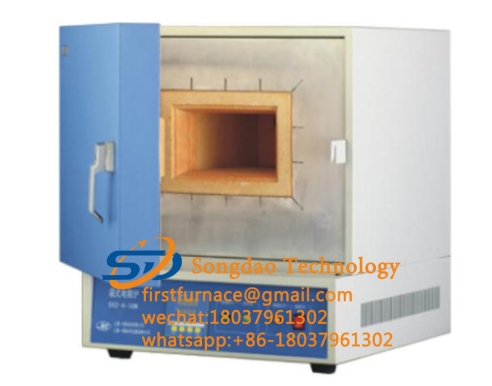- 13
- Nov
Analysis on Automatic Control of Furnace Temperature in High Temperature Muffle Furnace
Analysis on Automatic Control of Furnace Temperature in High Temperature Muffle Furnace

Analysis of automatic control of high temperature muffle furnace temperature, the error of high temperature muffle furnace temperature to a given temperature, automatically turn on or off the heat source energy supplied to the resistance furnace, or continuously change the size of the heat source energy to make the furnace temperature stable and rewarding Set the temperature range to meet the needs of the heat treatment process. There are two-position, three-position, share, share integral and share integral derivative and so on. Resistance furnace temperature control is such a reverberant adjustment process. Comparing the theoretical furnace temperature and the required high temperature furnace temperature, the error is obtained. The control signal is obtained after the error is handled to adjust the thermal power of the resistance furnace, and then the furnace temperature control is completed. 1) The control effect (PID control) is generated according to the error share, integral and derivative, which is the most common control method used in process control. 2) Two-position conditioning-It only needs to be open and closed. When the temperature of the high-temperature furnace is lower than the given value, the actuator is fully open; when the furnace temperature is higher than the given value, the actuator is fully closed. The actuator is usually a contactor. 3) Three-position conditioning-It has two given values of upper and lower limits. When the temperature of the high-temperature furnace is lower than the given value of the lower limit, the contactor is fully open; when the furnace temperature is between the upper and lower given values, the actuator Partially open; when the temperature of the high-temperature furnace exceeds the upper limit setting value, the actuator is fully closed. For example, when the tubular heater is a heating element, three-position conditioning can be used to complete the difference in heating and heat preservation power.
